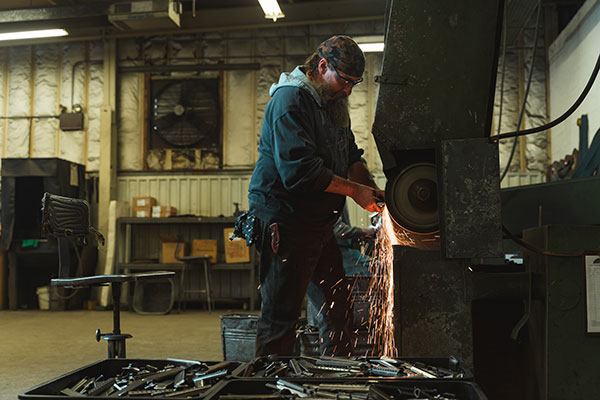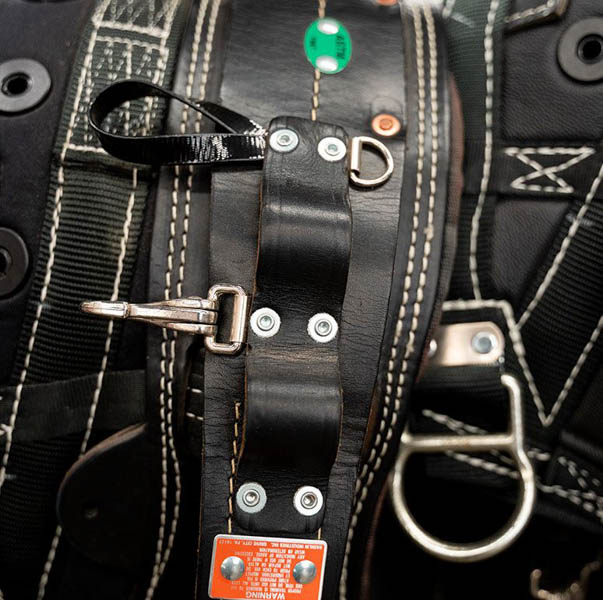The biggest time sink with optimization is actually crafting content that ranks well in search and is popular among readers. To have success in both, we’ve found that long form content (anything over about 1,000 words) performs better. In fact, Medium found that the optimal post is a seven minute read, which means somewhere around 900 to 1,600 words, depending on the readability of the subject and terms.

While it may seem like typing up a seven-minute read wouldn’t be an all-day affair, be prepared to reserve between four to eight hours to write a piece that performs well in search engines, is share-worthy on social media, and is engaging to readers. You’ll want to use trusted sources and perform your own studies to increase your chances of receiving a backlink (more on this later).
SEO Page Title/Tags
Title tags are an HTML attribute that specify the title of a webpage. Because this is largely the job of H1 text, many people believe that they’re one in the same. They are not. A title tag is a part of your webpage’s metadata.
Title tags are displayed at the top of browsers and, perhaps more importantly, in search engine results pages (SERPs) as a clickable headline. These are not only important for search optimization but also for search engine users to decide if your content is relevant to their inquiry.

Think of the title tag as the essence of your page. Perhaps it’s a product or service you provide, the main topic of a blog, or the question you’re trying to answer. This concise description should be between 50-60 characters and should feature strong keywords. Here are a couple tips to keep your title tag friendly for both search engines and users:
- Accurately describe your page’s content (39 characters)
- Create a unique title tag for each page (40 characters)
- Avoid over-stuffing of keywords and excessively long titles (59 characters)
Meta-Descriptions
Meta-descriptions are another HTML attribute that provide a brief summary of your webpage. Generally, the only place you’ll see a short synopsis is in SERPs. We recommend aiming for 110 and 300 characters for your meta-description. This should give you enough space to explain your page without your summary being truncated by the search engine. (e.g. The last sentence was 113 characters)
Meta-descriptions aren’t directly tied to search ranking, but click through rate (CTR) is, meaning you should make your summary compelling and use accurate keywords to improve reader attraction, clicks, and thus SEO. Often, search engines will bold keywords in meta-descriptions if they match the inquiry accurately. This not only makes your page more eye-catching, but also saves the user a step when determining if you content is relevant to their search.

To ensure your meta-description boosts your CTR, be sure to:
- Produce compelling content that accurately addresses a specific search
- Write unique descriptions for each page on your site
- Ditch any non-alphanumeric symbols other than commas, dashes, and periods
Alternative (Alt) Text
In conjunction with title tags and meta-descriptions, alt text is another html attribute that describes your content, specifically, the pictures on the page. Alt text is not only helpful to include for crawlers to index images properly, but if your page doesn’t load correctly, pictures will be replaced by their descriptions.
Moreover, alt text allows people with visual impairments to better understand the content and context of your webpage. In fact, the inclusion of alt text is mandatory for many businesses and organizations underADA compliance laws. However, because those with visual impairments often use a screen reader to navigate web pages, it’s important to keep descriptive alt text short.
According to Moz, most screen readers cut off alt text around 125 characters, so you need to squeeze the best possible description out of something shorter than a tweet. Here are a few tips for how to accomplish this feat:
- Use a few primary and secondary keywords
- Describe the environment, important objects, and actions.
- Don’t waste space on writing “image of” or “picture of”
- Use longdesc="" for longer descriptions
Why Content is King
High-quality content is the core of SEO, but it’s also important that businesses engaging in AdWords and Pay-Per-Click Campaigns optimize each element on the on their page. The landing page experience is a significant factor in Google’s AdRank, which is a major factor in where your ad is placed in Google’s paid search results, so every copy component matters.
On the other hand, poorly written content with grammatical errors, weak topical elements, and missing metadata can actually do damage to your search ranking. Google won’t refer gibberish. For that reason, reach out to a digital marketing agency you trust to lend you their eloquence and expertise. Whether we help you polish up your existing content or build your site from the ground up, we’re here to help your company grow.


